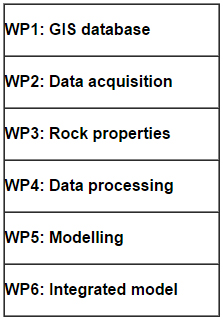Short abstract
In the East Carpathians, during Late Miocene to Quaternary times, the development of a complex fault system, as result of crustal deformation into post-collisional regime, represented the way for an important calc-alkaline and minor Na-alkalic-basaltic magmatic activity. The present project intends to identify the mechanisms that generated the post-collisional magmatism along the East Carpathians, using a multidisciplinary approach. By integration of the geological and geophysical field acquisitions and complex modelling, the project will advance our understanding in the processes that drive the post-collision, as an essential step towards a numerical quantitative model applied to plate tectonics and associated volcanism. During the present project we intend to reconstruct for some target volcanic structures and their evolution, by employing a complex geophysical approach for better understanding of the volcanic eruptions events. The project will incorporate volcanological, petrological, tectonic and geophysical methods, mainly numerical modelling of gravity and geomagnetic data. This integrated research philosophy will be applied for the first time at the target region – East Carpathians – focusing on intrusive and volcanic suites and their relationships with tectonic alignments. This gives a special opportunity to answer many questions related to the nature of emplacement of volcanic and intrusive systems, essential for modern geodynamic interpretations.

